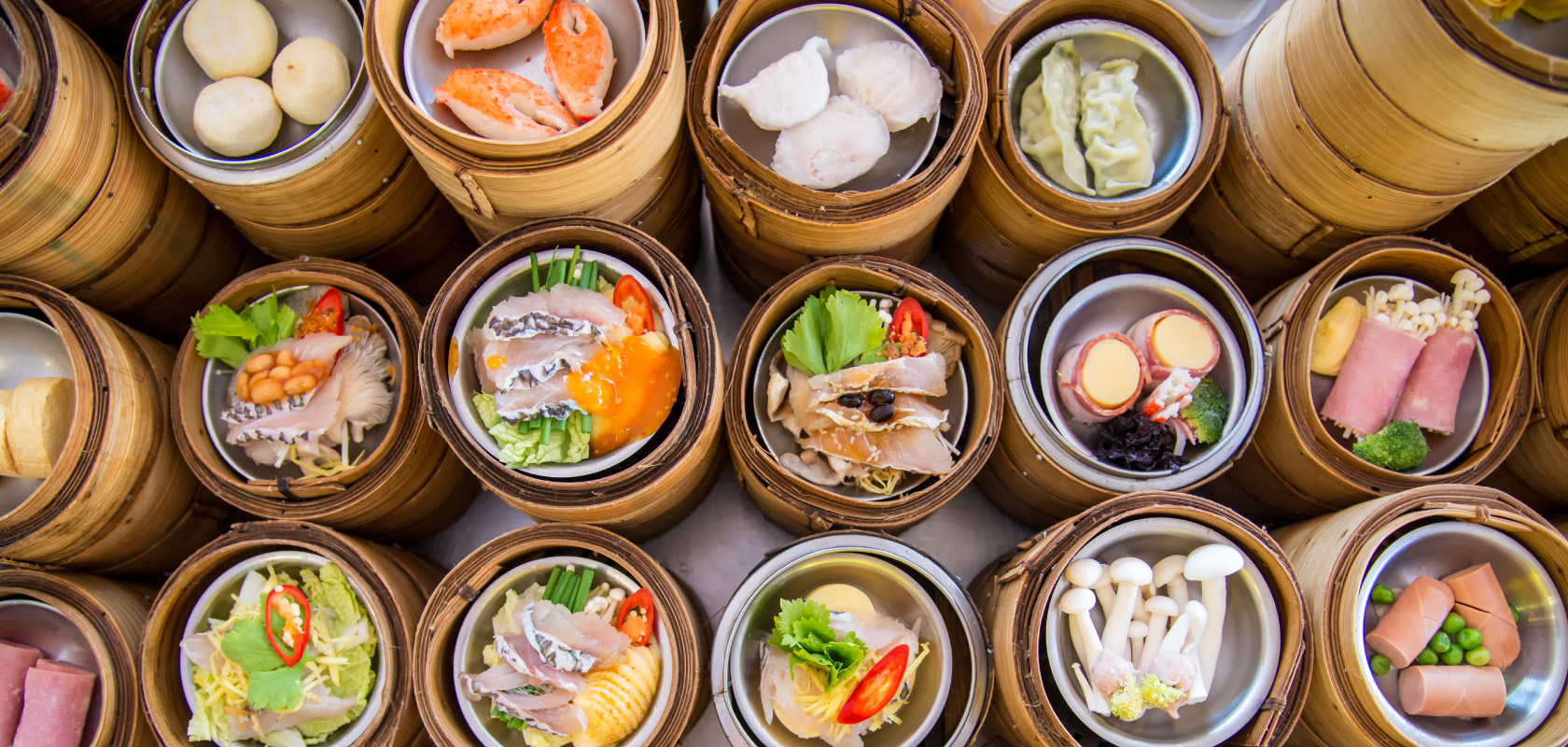You may think you know Chinese food, but have you truly experienced it local-style? Beyond just the cuisine and dishes, there are some interesting things you should know about Chinese food and how it is served.
Five Key Flavours
Sweet, sour, salty, bitter, and spicy – these are the five key flavours that must be balanced in any dish according to traditional Chinese medicine. You’ll find some regional variation in the application of this philosophy though. Sichuan (or Szechuan) cuisine is known for mouth-numbing spiciness, while Hong Kongers have a love of sweet and savoury. In the north of China, the flavour profile tends to the salty, while in the south, several minority cuisines embrace the sour.
Regional Variations
While flavour profiles vary across the country, there are other elements which are also more or less common in different parts of China.
In the cold, dry north, wheat is more widely cultivated than rice, so northerners eat lots of dumplings, wheat noodles, steamed buns and stuffed buns. In the south, rice or rice noodles feature in almost every meal, and southern Chinese also eat a far greater variety of fruits and vegetables.
In the east, flavours tend to be sweeter and seasonings are lighter. In central China, spice and spiciness are beloved. In western China, where the population is largely Muslim, hearty halal food is favoured, and lamb is the main meat in many dishes.
Everything’s Bite-Size for Easy Chopstick Eating
The Chinese don’t eat with knives and forks, which are traditionally seen as violent or barbaric. Chopsticks are the utensil of the civilised, and as chopsticks don’t actually chop, all food is prepared to be very soft or cut up into bite-size pieces before cooking.
The Same Thing Can Be Cooked a Dozen Ways
Like Bubba’s shrimp in Forest Gump, there are almost infinite ways to cook Chinese dishes. For example, a fish could be steamed, boiled, stewed, quick-fried, stir-fried, deep-fried, roasted, sautéed, marinated in brine, pickled in vinegar, soy-sauced, or doused in sweet-and-sour sauce.
Food is Superstitiously Symbolic
In China, particular meanings are attached to foods based on their shape or colour, the sounds or spellings of their names, or the legends associated with them. Superstition and tradition dictate certain foods must be eaten for certain festivals and auspicious events to invoke a blessing, while others are to be avoided. For example, ingot-shaped dumplings signify wealth at New Year, and round mooncakes represent family reunions during the Mid-Autumn Festival.
Dishes are Shared Family-Style
Traditionally, the Chinese eat meals family-style, sharing dishes communally. When dining at home or in a restaurant, dishes are served in the middle of a table, and people sit with their individual rice bowls around it. It is not uncommon in restaurants, especially for tables seating 10 or 12, to have lazy-susan turntables to permit easy sharing among diners.


